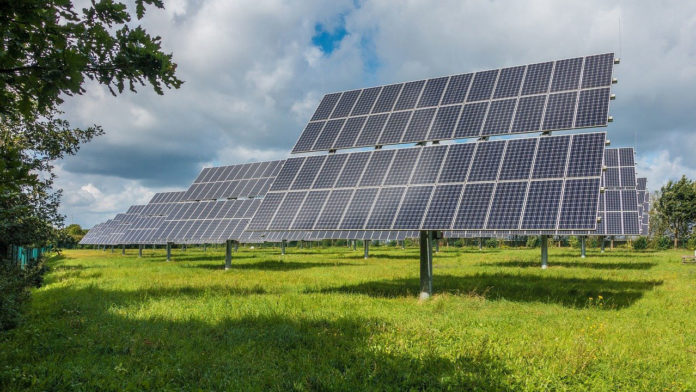Perovskites are hybrid compounds that show great promise in several applications, including LED lights, lasers, and photodetectors. However, their significant contribution is in solar cells, poised to overtake the market and replace their silicon counterparts.
Lead iodide perovskites are the best candidates among all for highly efficient and stable solar cells. These materials also have excellent light-harvesting capabilities. However, their efficiency greatly depends on their manufacturing.
The passivation method is typically used to coat the surface of perovskite films with chemicals to make them more resistant and stable. By adding a 2D perovskite layer on the top of the primary perovskite light absorber, the method improves the stability of the device.
Although, the problem with the process is that it backfires by forming so-called ‘in-plane’ perovskite layers that don’t ‘move’ electrical charge, especially under heat.
EPFL scientists have found a way to solve the problem by treating them with different isomers of an iodide used to make perovskites. Their new approach could produce perovskite solar panels with an efficiency of 23.9% and operational stability longer than 1000 hours.
For the study, scientists studied the minimum energy required to form two-dimensional perovskites from different isomers of the iodide PDEAI2 (phenylene-diethyl ammonium). They also designed isomers for tailored defect passivation. It means their passivation effect on perovskites was very well characterized in advance.
This approach offers promising results in staving off the negative effects of passivation on perovskite efficiency.
Specifically, the most effective PDEAI2 isomer was also the most’ sterically hindered’, which refers to a slowing of chemical reactivity simply because of the compound’s molecular bulk. In fact, steric hindrance is often used to prevent or minimize unwanted reactions.
The work also achieved a record efficiency of 21.4% for perovskite modules with an active area of 26 cm2.
Journal Reference:
- Cheng Liu, Yi Yang, Kasparas Rakstys et al. Tuning structural isomers of phenylenediammonium to afford efficient and stable perovskite solar cells and modules. Nature Communications 12, 6394 (04 November 2021). DOI: 10.1038/s41467-021-26754-2
